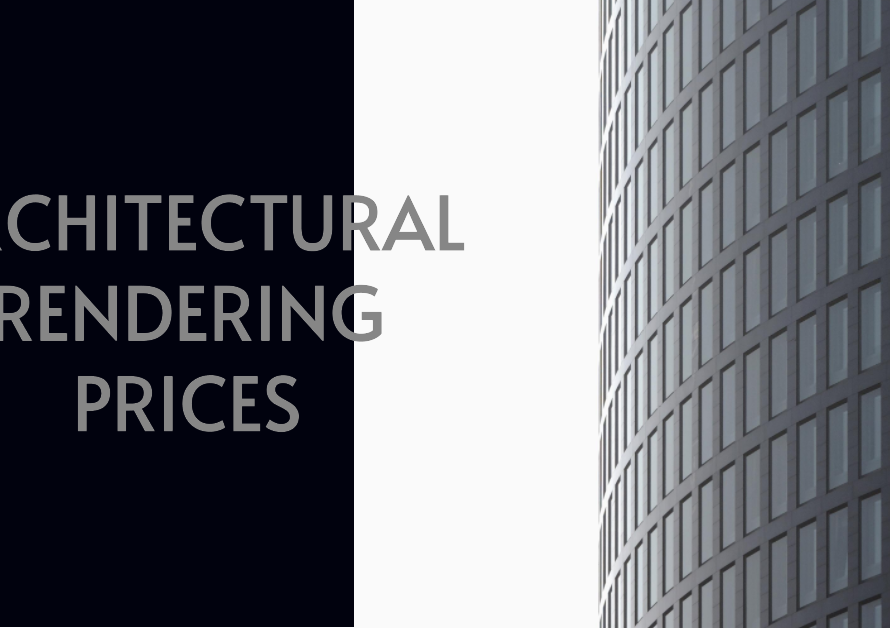
Table of Contents
1. Define Your Goals and Budget: Setting the Foundation for Success
Before diving into a kitchen remodel, take time to clearly define your goals, priorities, and budget constraints. Start by assessing your current kitchen layout, functionality issues, and design preferences. Identify specific changes you want to make, whether it’s expanding storage, upgrading appliances, improving workflow efficiency, or enhancing aesthetics.
Transitioning from goal setting to budget planning involves researching average costs for materials, labor, permits, and unexpected contingencies. Obtain multiple quotes from reputable contractors and vendors to understand pricing variations and negotiate competitive rates. Establishing a realistic budget ensures you stay financially disciplined throughout the remodeling process, prioritizing essential upgrades while avoiding unnecessary expenses.
2. Gather Inspiration and Design Ideas: Creating Your Dream Kitchen Vision
Once you’ve outlined your goals and budget, gather inspiration and design ideas to conceptualize your dream kitchen vision. Explore interior design magazines, websites, social media platforms like Pinterest and Houzz, and visit home improvement showrooms to gather inspiration for layout configurations, color schemes, cabinetry styles, countertop materials, lighting fixtures, and decorative elements.
Transitioning from inspiration gathering to design conceptualization involves creating mood boards, sketches, or digital collages to visualize your ideal kitchen aesthetics and functionality. Consider factors such as kitchen traffic flow, ergonomics, natural lighting opportunities, and integration with adjacent living spaces to optimize design synergy and usability. Collaborate with a professional kitchen designer or architect to translate your vision into detailed floor plans, elevation drawings, and 3D renderings for comprehensive project visualization.
3. Conduct a Comprehensive Kitchen Assessment: Evaluating Structural Needs and Functional Improvements
Before commencing any demolition or construction work, conduct a thorough assessment of your kitchen’s structural integrity, plumbing, electrical systems, and ventilation requirements. Identify any existing issues such as water damage, mold, outdated wiring, or inadequate ventilation that may require remediation before remodeling tasks begin.
Transitioning from assessment to planning involves prioritizing structural upgrades, code compliance adjustments, and functional improvements based on your project scope and budget. Work closely with licensed professionals such as structural engineers, plumbers, electricians, and HVAC specialists to address critical infrastructure needs and ensure safety, durability, and regulatory compliance throughout the remodeling process.
4. Create a Detailed Remodeling Plan and Timeline: Organizing Tasks and Milestones
With a clear vision, budget, and assessment in place, create a detailed remodeling plan and timeline outlining specific tasks, milestones, and deadlines for each phase of the project. Divide the remodeling process into manageable stages such as demolition, structural work, plumbing/electrical installations, cabinetry/fixtures installation, flooring, countertops, backsplash, painting, and final touches.
Transitioning from planning to execution involves coordinating with contractors, subcontractors, suppliers, and permit authorities to align schedules, procurement timelines, and onsite logistics. Incorporate buffer time for unexpected delays, material lead times, and inspections to maintain project momentum and minimize disruptions to your daily routines during the remodeling process.
5. Secure Necessary Permits and Approvals: Ensuring Compliance and Legal Requirements
Before initiating any major renovations, ensure you secure all necessary permits, approvals, and inspections required by local building codes, zoning regulations, and homeowner association (HOA) guidelines. Verify permit requirements for structural changes, electrical/plumbing modifications, gas line installations, and any other construction activities impacting building safety and compliance standards.
Transitioning from permit acquisition to construction readiness involves submitting detailed plans, specifications, and permit applications to relevant authorities and obtaining approvals before commencing work. Collaborate with your contractor or architect to navigate permit processes efficiently, address any plan revisions or clarifications, and schedule inspections at key project milestones to verify compliance with building codes and regulations.
6. Prepare Your Kitchen Space: Clearing Out and Organizing for Construction (Kitchen Remodel)
As the remodeling start date approaches, prepare your kitchen space by clearing out cabinets, countertops, appliances, and personal items to create a clean, unobstructed work area for construction activities. Store kitchen essentials in temporary storage solutions or designate alternative cooking/preparation areas within your home to maintain functionality during the remodeling period.
Transitioning from preparation to construction involves protecting non-remodeled areas from dust, debris, and potential damage by covering floors, furniture, and adjacent rooms with protective materials such as plastic sheeting, drop cloths, and masking tape. Communicate with your remodeling team about access points, workspace requirements, and safety protocols to ensure a smooth transition into the construction phase while minimizing disruptions to your daily routines.
7. Monitor Progress and Communicate Effectively: Maintaining Project Transparency
Throughout the remodeling process, stay actively involved by monitoring progress, addressing any concerns promptly, and maintaining open communication channels with your contractor, design team, and subcontractors. Regularly scheduled meetings, progress updates, and onsite inspections help ensure project transparency, quality control, and alignment with your design vision and expectations.
Transitioning from monitoring to completion involves addressing any unforeseen challenges or scope changes collaboratively, documenting changes in project scope, timelines, or budget as needed. Maintain a project journal or digital log to track milestones, decisions, and communication exchanges for reference and accountability, fostering a collaborative and transparent remodeling experience for all stakeholders involved.
8. Quality Materials and Finishes: Investing in Durability and Aesthetics
Selecting quality materials, finishes, and fixtures is crucial for achieving a durable, functional, and visually appealing kitchen space that withstands daily use and maintains its aesthetic appeal over time. Invest in durable cabinetry materials such as hardwoods, plywood, or high-density fiberboard (HDF), complemented by quality hardware, hinges, and drawer slides for smooth operation and longevity.
Transitioning from material selection to installation involves coordinating deliveries, inspecting materials for defects or damage, and overseeing proper installation techniques by skilled craftsmen or installers. Prioritize finishes that are easy to clean, resistant to moisture, stains, and wear, such as quartz or granite countertops, porcelain or ceramic tile flooring, and semi-gloss or satin-finish paints for walls and trim, ensuring your remodeled kitchen remains functional and beautiful for years to come.
9. Functional Lighting Design: Enhancing Ambiance and Task Performance
Incorporating a well-designed lighting scheme is essential for enhancing ambiance, highlighting architectural features, and supporting task performance in your remodeled kitchen space. Transitioning from basic lighting to a layered approach involving ambient, task, and accent lighting creates a versatile and visually appealing environment suitable for various activities such as cooking, dining, and entertaining.
Invest in energy-efficient LED fixtures, recessed lights, pendant lighting over islands or dining areas, under-cabinet lights for task illumination, and adjustable dimmers to control light levels and mood settings based on activities and time of day. Collaborate with a lighting designer or consult your remodeling team to create a lighting plan that balances functionality, aesthetics, and energy efficiency, enhancing your kitchen’s overall appeal and usability.
10. Post-Remodel Evaluation and Maintenance Planning: Sustaining Your Investment


Once the remodeling work is complete and you’ve transitioned back to using your newly renovated kitchen, conduct a thorough evaluation to ensure all components, appliances, and systems function as intended. Test plumbing fixtures, electrical outlets, appliances, cabinetry hardware, and lighting controls to identify any post-installation issues or adjustments needed.
Transitioning from evaluation to maintenance planning involves creating a routine maintenance schedule for your kitchen components, appliances, and finishes to preserve their functionality, appearance, and longevity. Keep manufacturer warranties, care instructions, and maintenance guidelines handy for reference, and address any warranty-covered issues promptly with your contractor or suppliers to maintain the integrity and value of your kitchen investment over time.


